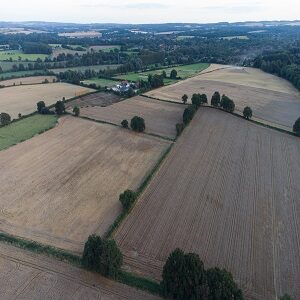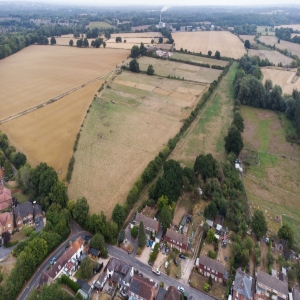Land East of Basingstoke

Original 450 houses in 2016 Local Plan – Plus additional 450 houses in 2024 (Site Ref SPS5.6)
This site is next to Pyotts Hill and runs alongside the A33. Whilst the housing allocation was originally for 450 houses in 2016, Hampshire County Council (HCC) now wants to bring forward a further 450 houses, taking the total allocation on this site to 900 houses.
HCC and their consultants Tibbalds conducted two public consultations about their plans for the site, in July 2023 and February/March 2024. The plans seen by residents show that there are a number of problems in respect of the proposed development and we discuss these below.
Whilst we have to accept that some houses are likely to be built on the Land East of Basingstoke site, we repeat that the site is problematical and we continue to have grave concerns about several matters: The issues of odour from the Sewage Treatment Works, noise from the incinerator, heritage, valued biodiversity and flood risk (Flood Zones 2 and 3a). Having built the facilities away from housing it cannot make sense to bring as many as 900 homes near to the facilities now.

ODOUR
The Sewage Treatment Works (STW) was built away from houses. It does not make sense to bring the houses closer to the STW.
Odour from the STW is a problem. In 2016 the Planning Inspector said ‘there would be unacceptable odours’ for new residents.
The drift of odour is not just in a northerly direction. The smell goes in all directions, including into Broadhurst Grove, Lychpit, a road where residents have experienced the smell. Broadhurst Grove is situated in a corner of Lychpit nearest the new Redrow housing development. The approximate distance between the STW and this road is 2.5 kilometers. So the odour travels around quite far, depending on the wind direction and cyclonic conditions.
Also, the odour is evident sometimes along the footpath which is parallel to Park Pale.
Does HCC think that it is feasible for people to live happily alongside such odour?
We note this instruction from the Borough Council to HCC and the developer in the Local Plan Update published in early 2024:
Noise and odour
6.101 The neighbouring incinerator and sewage treatment works are a notable noise and odour source affecting the site and successfully mitigating these impacts will be vital for the quality of life of future occupants and ensuring the delivery of healthy communities. Robust technical and comprehensive noise, odour and air quality assessments must be submitted by the applicant, prepared in consultation with relevant infrastructure providers. In this regard it is likely that a significant buffer between the sewage treatment works, incinerator and the edge of the built form will be required to ensure acceptable noise and odour standards can be met within new homes and amenity areas.
NOISE
In 2016 the Planning Inspector said ‘there will be noise from the A33, the incinerator and sewage works’.
Noisy vehicles deliver to the incinerator and STW throughout the day, and in the case of the STW, at weekends too.
The incinerator was built to be away from housing estates purposely. In HCC’s ‘Minerals and Waste Local Plan 1993’, when the present incinerator was being planned, the ‘countryside location’ of the incinerator was noted on page 161. If houses are built in close proximity, the incinerator will no longer be in a ‘countryside location’. Although the site is fairly close to housing estates in Chineham, the site was preferred to alternatives, presumably because of its more remote location.
The housing development planned by HCC will bring the houses closer to the incinerator. Harmful particles may be released, causing respiratory and other health problems for residents living nearby.
ACCESS & MOVEMENT
The proposal to have a Bus Gate at the bottom of the site, going into either Bartons Lane or Pyotts Hill is particularly worrying. Should this proposal become the actuality then other vehicles will use it as a short cut very quickly. We don’t want more vehicles passing through into Old Basing, which has longstanding historical problems with rat runs through the village during peak hours.
Other existing Bus Gates in Basingstoke do not prevent cars going through and we have photographic evidence of this.
A Bus Gate, with large signs and signage painted on the road, would be out of character with the rural positioning of Lychpit and Old Basing.
Residents haven’t seen HCC’s traffic survey.
WATER
Where will the water supply for the development come from? No new reservoirs have been built in the last 30 years. Water supply for 900 more houses must be a concern.
If assurance has been given on water supply where has this come from?
There are concerns about the abstraction from the aquifers that feed the River Loddon, a rare north flowing chalk stream – a salmonid watercourse – with environmentally important peat bogs along its length.
History shows that, unless there are flood conditions, the River Loddon is very shallow (often just a few inches) compared to its flow in the past. Further abstraction could result in the river drying up, which has happened to chalk streams elsewhere, for example the River Quinn in Hertfordshire. Climate change has resulted in less Spring and Summer rainfall, a fact acknowledged by The Environment Agency in 2019 when they found ‘Soils got drier across much of England during April and by the end of the month soils were significantly drier than average across most of East and South-East England’. Since then, in 2022 there were drought conditions and June 2023 was exceptionally dry. Chalk streams like the River Loddon are England’s most important habitat. They are of global significance and it has been argued they are as important as rainforests in ecological terms. It cannot be assumed that the aquifers will continue to provide water for more and more consumers.
What about sewage treatment? When there is heavy rainfall the existing STW discharges raw sewage into the precious ecosystem of the River Loddon. According to Thames Water’s ‘live’ map between the 7th January and the 13th January 2023 there were 139 hours of continuous discharge. Less lengthy incidents occurred later in the same month and in February and March.
On 2nd April 2024 the Basingstoke Gazette reported that Councillor Paul Harvey, Leader of the Borough Council, had criticised Thames Water for pumping untreated sewage into the River Loddon for almost 60 hours, following reports from residents near to the Basingstoke sewage treatment works, in Whitmarsh Lane, Chineham, who noticed that Thames Water had been pumping raw sewage into the Loddon on Friday 29th March.
Councillor Harvey said ‘The Government is not stopping them from dumping raw sewage into our rivers. We want the Government to give powers to local councils to intervene. It’s our waterways that are being destroyed by these companies.’
The more houses the plant has to serve the more likely this is to happen, which is not only unpleasant but damaging to delicate ecosystems.
Will a new sewage treatment plant be built? And where?
FLOODING
The Local Plan Update acknowledges that there is flood risk in parts of the site.
This is the comment on page 199 in Appendix 4 of the draft Local Plan:
4.3 Within one of the sites proposed for allocation, there are parts of the site which lie within Flood zone 2 and 3, and therefore may be at risk of other sources of flooding (Table 7, 900 dwellings). This site is a current allocation in the adopted Local Plan (Land to the East of Basingstoke) but it is proposed that it is allocated for a higher number of dwellings. Due to the sequential layout of the proposed development, any proposed dwellings will be located on Flood Zone 1 and at low risk of flooding fromother sources. Due to the requirement for the access to cross an area of Flood Zone 2/3, site OLD001 (East of Basingstoke) is required to meet the Exception Test, as set out in paragraph 2.8. The sequential test, and reasons for the allocation of the site, set out how the site meets part 1 of the test, demonstrating that the provision of housing on the site provides wider sustainability benefits to the community. The development will be subject to a site-specific flood risk assessment and the proposed site policy references the need for development and points of access to avoid flood zones 2 and 3 and requires appropriate flood risk management measures. This will ensure that any access infrastructure will be designed and constructed to remain operational and safe in times of flood, in accordance with the requirements of the exception test.
The Local Plan Update, at 6.97, states that ‘A Flood Risk Assessment will be required’. What assurances will be given to residents and when?
HABITAT
Damage to the environment: In 2016 the Planning Inspector said the development would result in ‘the loss of key habitat’ as well as contributing to an ‘increase in watercourse phosphate concentration in the River Loddon’. The process of development could lead to run off and particles going into the River Loddon.
The existence of important trees including large oaks has been acknowledged. How are these going to be protected from damage during the development process?
HERITAGE
We note that the Pyotts Hill Entrenchment will be protected. How close to this will the houses be built?
TRAFFIC, TRANSPORT AND MOVEMENT
Traffic and noise. The Inspector reported that ‘there will be noise from the A33, the incinerator and sewage works’, whilst also noting that the development could lead to ‘congestion and delays upon the surrounding transport networks’, namely the A33 which will be affected by increased resident and building vehicle traffic. Residents in Old Basing and Lychpit already endure frustrating levels of traffic using village roads as a rat run and adding hundreds of vehicles from this development will not help.
The A33 is a single carriageway until it becomes a dual carriageway beyond Beech Hill. The housing estates at Taylor’s Farm – aka Sherfield Park – and the newer Redlands development mean that a route already at capacity, the A33, with no plans for relief, has got worse.
The proposal that traffic will exit the Land East of Basingstoke site to go onto the A33 at just one point will result in the A33 becoming even busier. And how will 1000 plus cars belonging to residents living on the Land East of Basingstoke development actually manage to get onto the A33? Congestion will be constant and access for emergency vehicles, both entering and exiting the housing estate, will be difficult.
LANDSCAPE AND THE LODDON VALLEY ENVIRONMENT
Residents in Old Basing and Lychpit Parish value the Loddon Valley environment and want it to be protected and enhanced.
The Land East of Basingstoke development threatens an asset of important recreational and environmental value with its bio-diversity, flora and fauna, history and scenic beauty. Development could compromise water quality in the River Loddon and reduce the value of the Strategic Gap between Basingstoke and Old Basing and Lychpit.
People who live in Basingstoke want to have access to the countryside. The benefits in terms of well-being of walking in nature are well researched and documented. The Loddon Valley area should be retained for recreation by the local community.
DOCTORS, DENTISTS, SCHOOLS, SHOPS AND COMMUNITY CENTRE
There will be a marked reliance on the Chineham and wider area for shopping, schools, doctors, and dentists; some of these are oversubscribed.
HCC plans a new primary school and community centre to be built within the site. Built on what timescale? There is a history of HCC promising schools which only get built decades later.
The shortage of doctors and dentists is a nationwide problem but, to be parochial, how will the needs of up to 900 new households be met in this respect? Doctors’ and dentists’ surgeries must be under strain in the surrounding area. NHS dentists cannot be found here. Pharmacies are closing, putting more pressure on those that stay open.
If we take the average household occupancy as being 2.4 people per dwelling, then for 900 houses that is an extra 2,160 residents. That’s a lot of people needing medical care and other services. (The context is that in nearby Old Basing and Lychpit there are around 7,400 residents who live in approximately 3,200 households.)
IN CONCLUSION
The commentary in the Local Plan Update for SPS5.6: Land to the East of Basingstoke is optimistic concerning the development of the site. There are problems – constraints is the word planners use – as highlighted in the comments above.
Building houses closer to the STW and the incinerator has inherent problems. At 6.101 in the Local Plan Update it says ‘… successfully mitigating these impacts will be vital for the quality of life of future occupants and ensuring the delivery of healthy communities’. How this can be achieved is not clear.
The residents of Lychpit and Old Basing have campaigned for decades to preserve the Loddon Valley environment. We also desire the continuation of a suitable Strategic Gap between our settlement and Basingstoke.
Alan Renwick


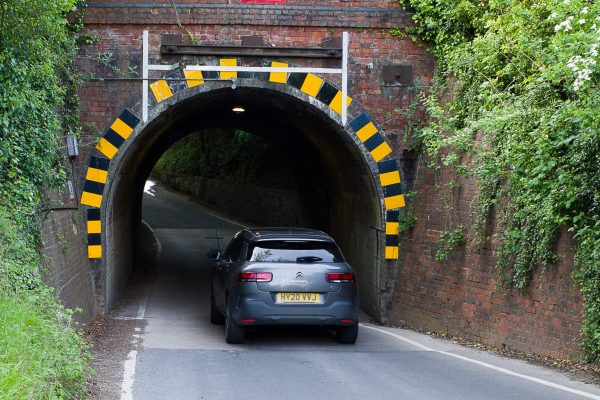

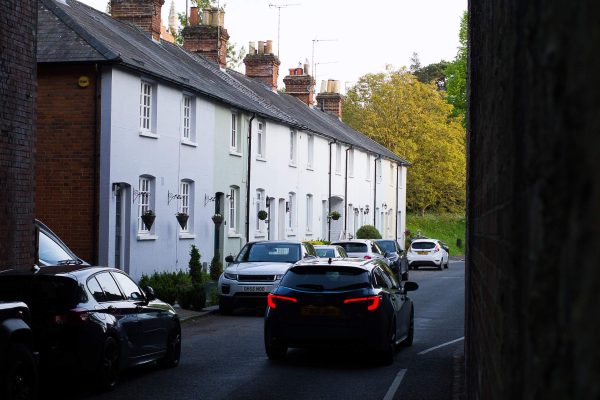
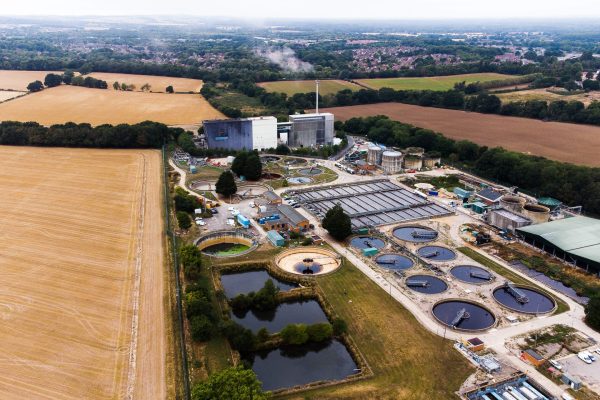
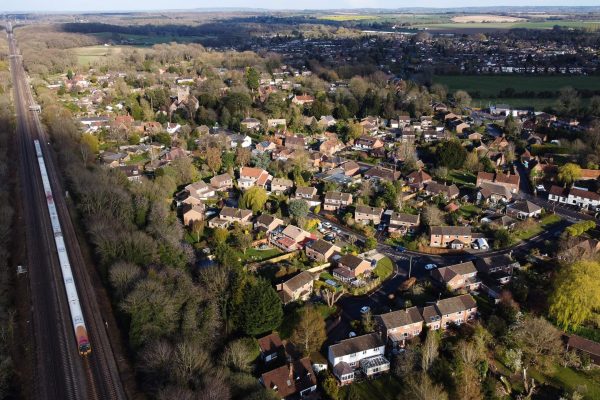


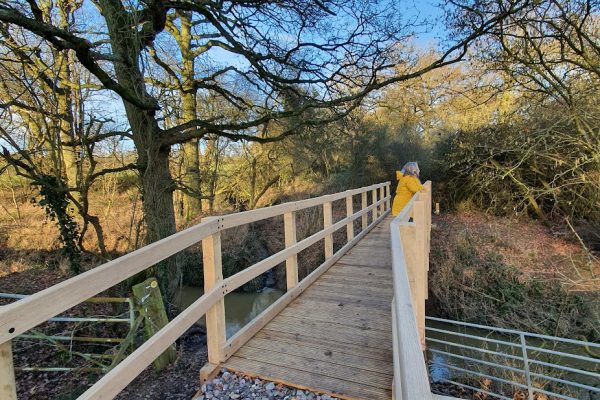

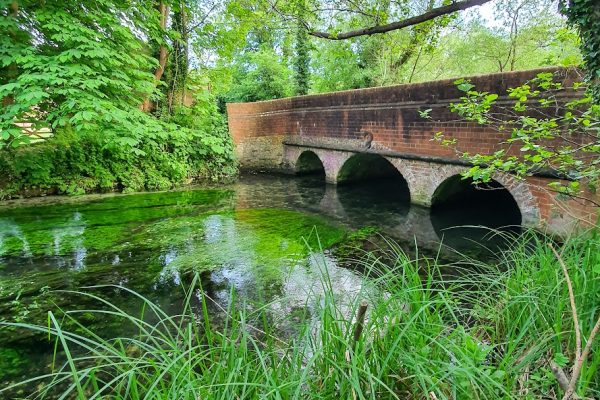



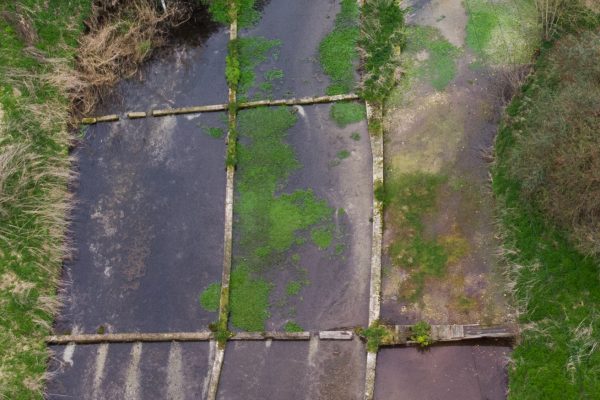


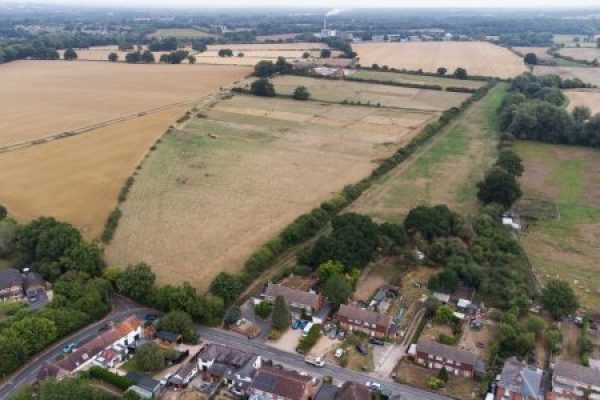


THANK YOU







